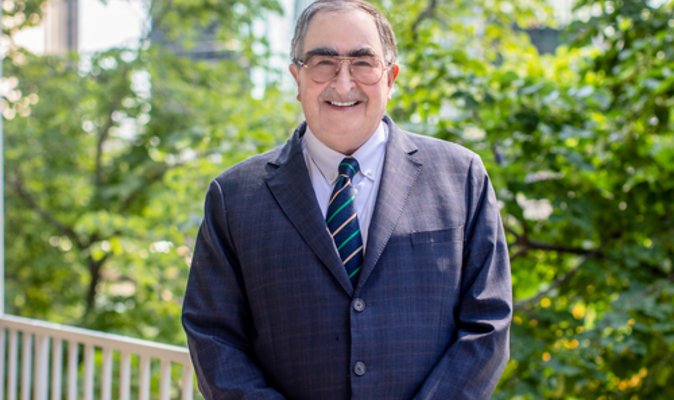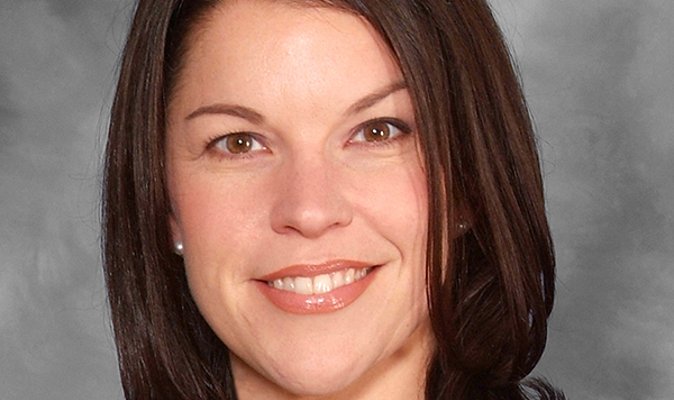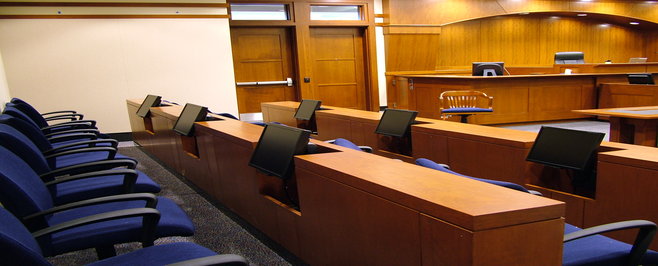Hugh Griffin is our Latest Featured Speaker!
Our latest featured speaker is Hugh Griffin from Hall Prangle and Schoonveld!
Hugh will be speaking at our upcoming Preserving the Trial Record for Appeal in Illinois Civil Cases Two-Part Webinar on July 18 & 20, 2023. This will be his first time speaking with us. We are looking forward to it, Hugh!
Hugh is co-chair of HPS’ Appellate Practice Group at Hall Prangle and Schoonveld. He is among the country’s most experienced and distinguished appellate attorneys. He has also served nine years on the Illinois Supreme Court Rules Committee and was appointed by the Supreme Court as the Committee’s Vice Chairman from 2003-2006.
Over the course of his career, Hugh has handled more than 500 appeals in the Illinois Appellate Court and the Illinois Supreme Court, arguing nearly 50 times before the Illinois Supreme Court. He also has handled appeals in more than two dozen other state courts, as well as in federal Courts of Appeals across the country. Based on his decades of experience in handling all kinds of civil appeals, Hugh is able to bring fresh analysis, seasoned insight and often an innovative approach to appeal issues.
Hugh has been selected as an “Illinois Leading Lawyer,” an Illinois “Super Lawyer,” a “Best Lawyer” in appellate practice and was named as the “2011 Chicago Best Lawyers Appellate Lawyer of the Year.” He also has been honored repeatedly as one of the top “100 Super Lawyers in Illinois.”
Thank you for joining the program, Hugh!










